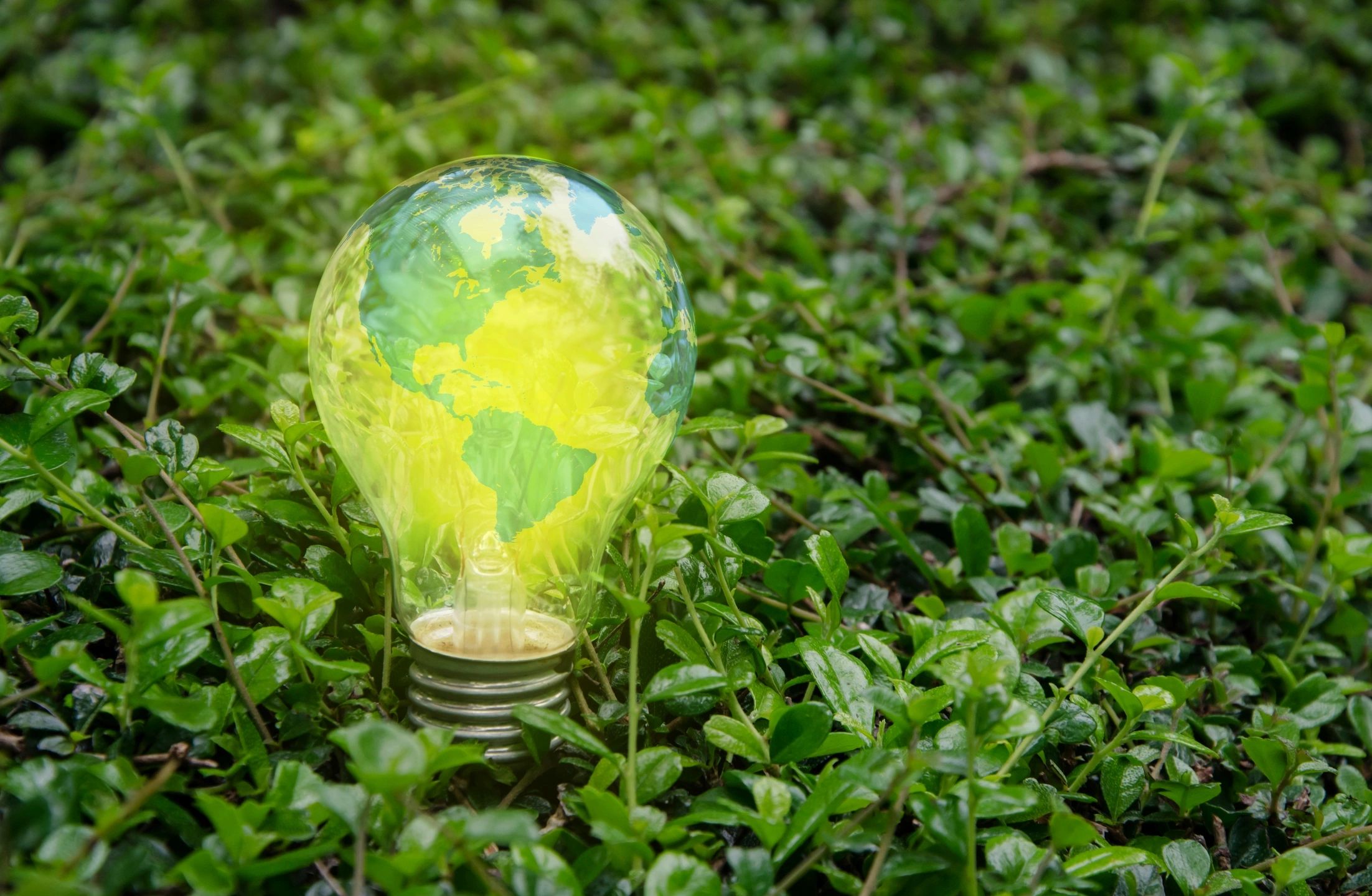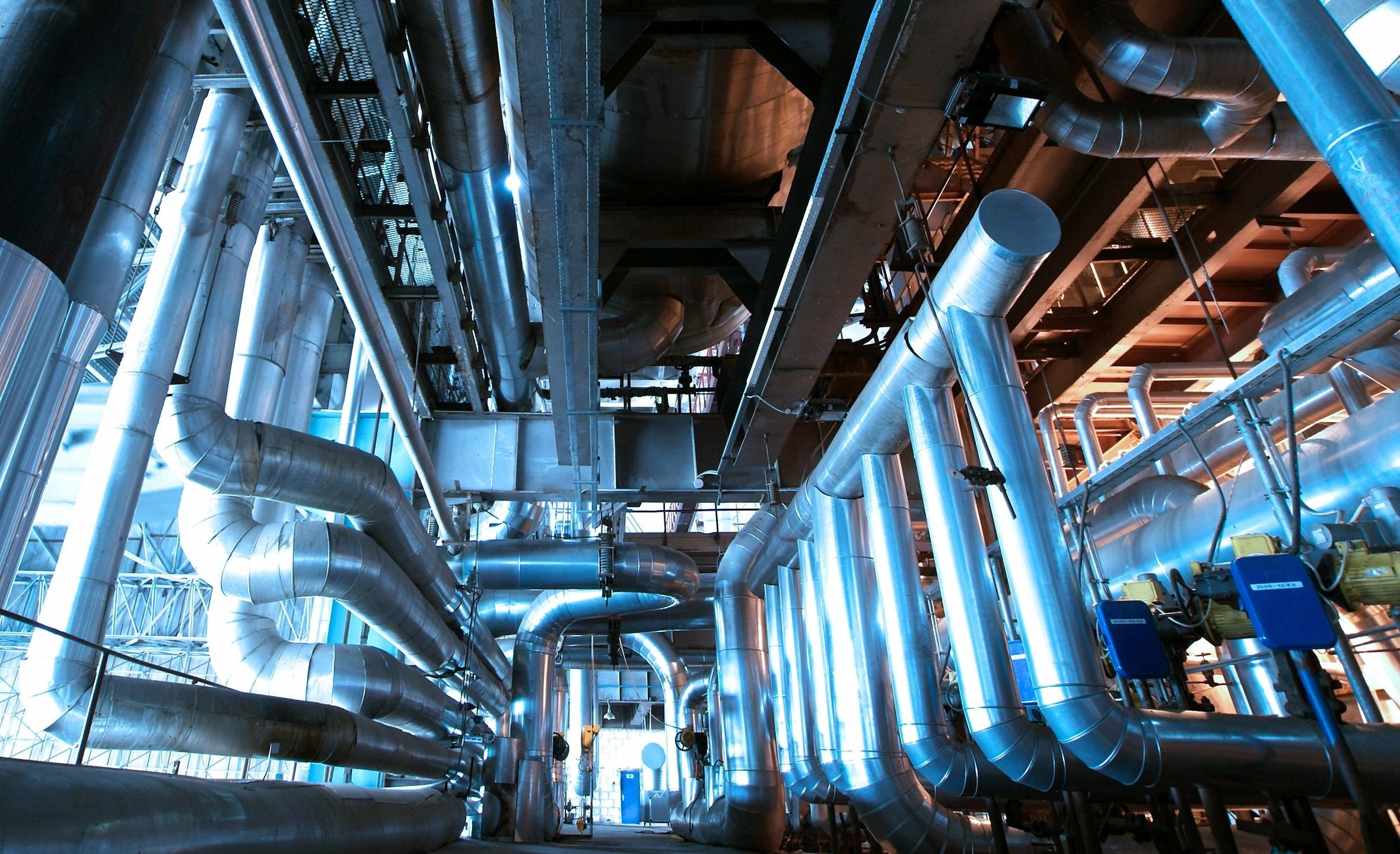Norwegian energy company Statkraft, one of the largest players in the renewable energy sector, has announced that it is suspending the development of new green hydrogen projects. This decision reflects the growing problems of the entire industry: high costs, regulatory uncertainty and weak demand. Instead of hydrogen initiatives, the company will focus on solar and wind generation, and will also seek investors for already launched projects.
Why did Statkraft abandon new hydrogen plans?
- Rising costs and economic infeasibility
Initially, Statkraft planned to achieve a capacity of 1-2 GW in green hydrogen production by 2035. However, already in 2024, the company reduced the scale of its key project in Mo, Norway. Electrolysis capacity was reduced from 40 MW to 20 MW. – The launch dates have been shifted from 2025 to 2027.
BloombergNEF in December 2024 concluded that the cost of green hydrogen is 30-50% higher than previously predicted. This makes it uncompetitive compared to fossil analogues.
2. Insufficient demand and regulatory uncertainty
In 2023, the total capacity of electrolyzers in the EU was only 216 MW (data from ACER). At the same time, the EU plans assumed 70 GW by 2030, but, according to Westwood’s calculations, only 12 GW (17%) can actually be implemented.
Statkraft directly states: “Europe has seen a sharp increase in costs and a slowdown in demand for green hydrogen. The regulatory framework was not designed to support market growth”.
3. Revenue decline and reorientation to other renewable energy sources
In Q1 2025, Statkraft recorded a decline in revenue and profit due to falling electricity prices in Scandinavia. In such conditions, the company chose to redirect investments to more profitable areas:
- Solar energy (lower capital costs, quick payback).
- Wind generation (stable demand, government support).
Consequences for the EU hydrogen industry
Statkraft manages 13 green hydrogen projects in 6 countries (Norway, Sweden, Germany, Great Britain, the Netherlands, Italy). Now their development is suspended, but some can be resumed provided that investors are attracted.
This decision is not an isolated case:
- Thyssenkrupp (Germany) postponed the production of green steel due to the high cost of hydrogen.
- ArcelorMittal has frozen investments in DRI plants (direct reduction of iron with hydrogen).
Conclusion: does green hydrogen have a future in Europe?
Key problems have not yet been resolved:
- High cost ($4-6 per kg versus $1-2 for “grey” hydrogen).
- Lack of mass demand (industry is not ready to overpay).
- Delays in infrastructure (transport, storage, logistics).
If the EU does not accelerate tax breaks, subsidies and the construction of hydrogen hubs, only 15-20% of the ambitious plans may remain by 2030. Alternative scenario: focus on local niche applications (metallurgy, chemical industry, heavy transport), rather than global exports.
In the meantime, Statkraft and other companies are betting on proven technologies – wind and sun. The hydrogen revolution seems to be postponed.









